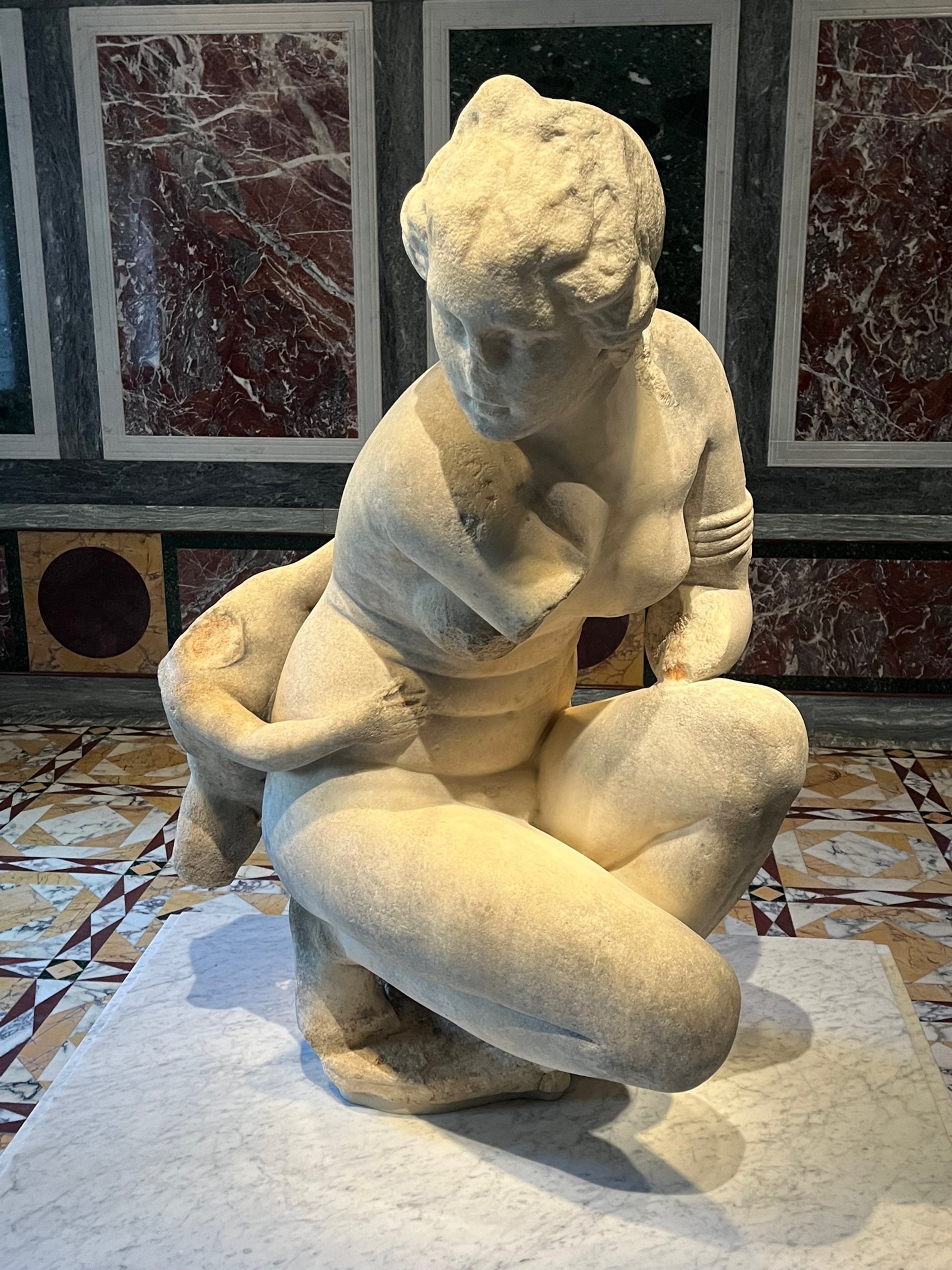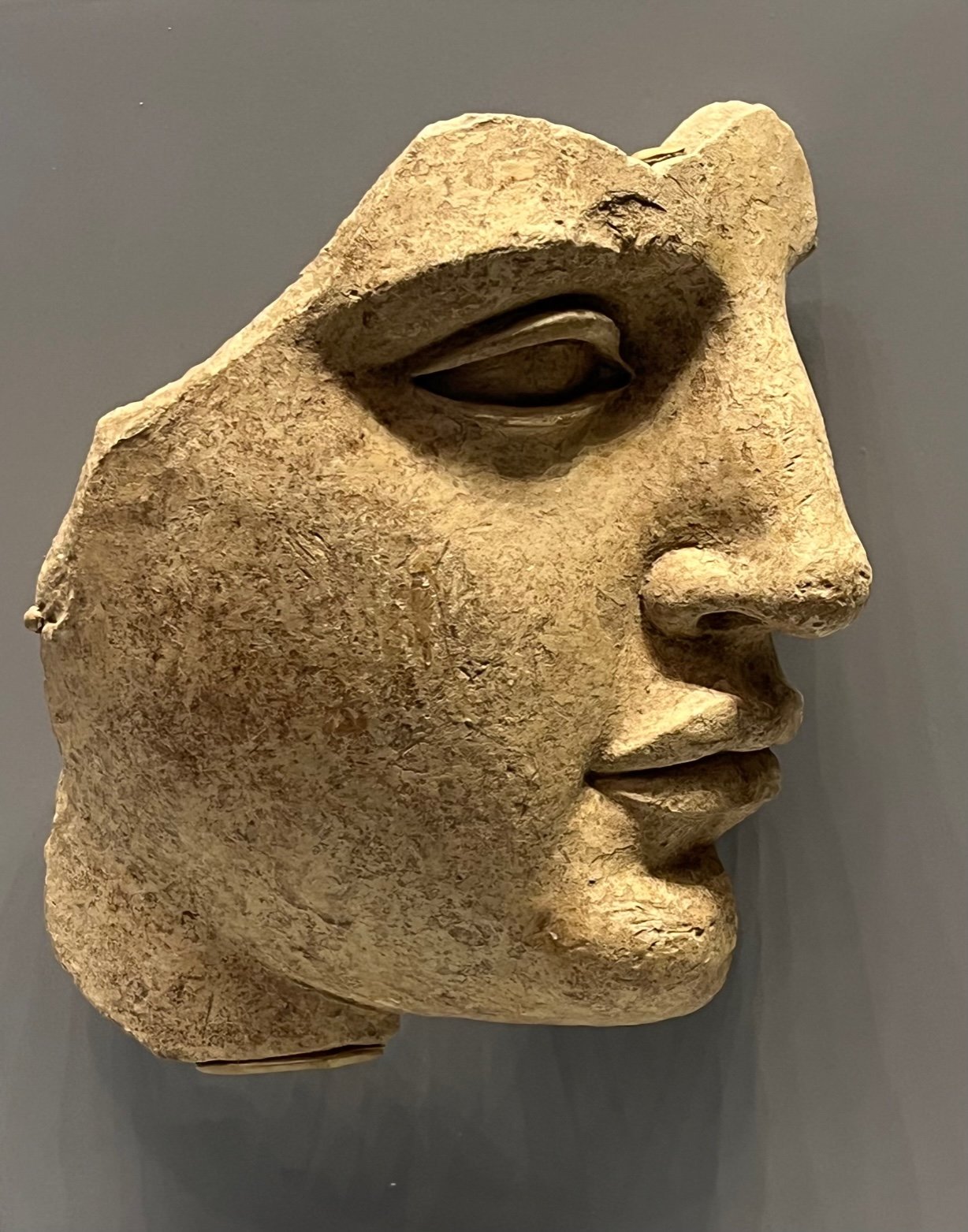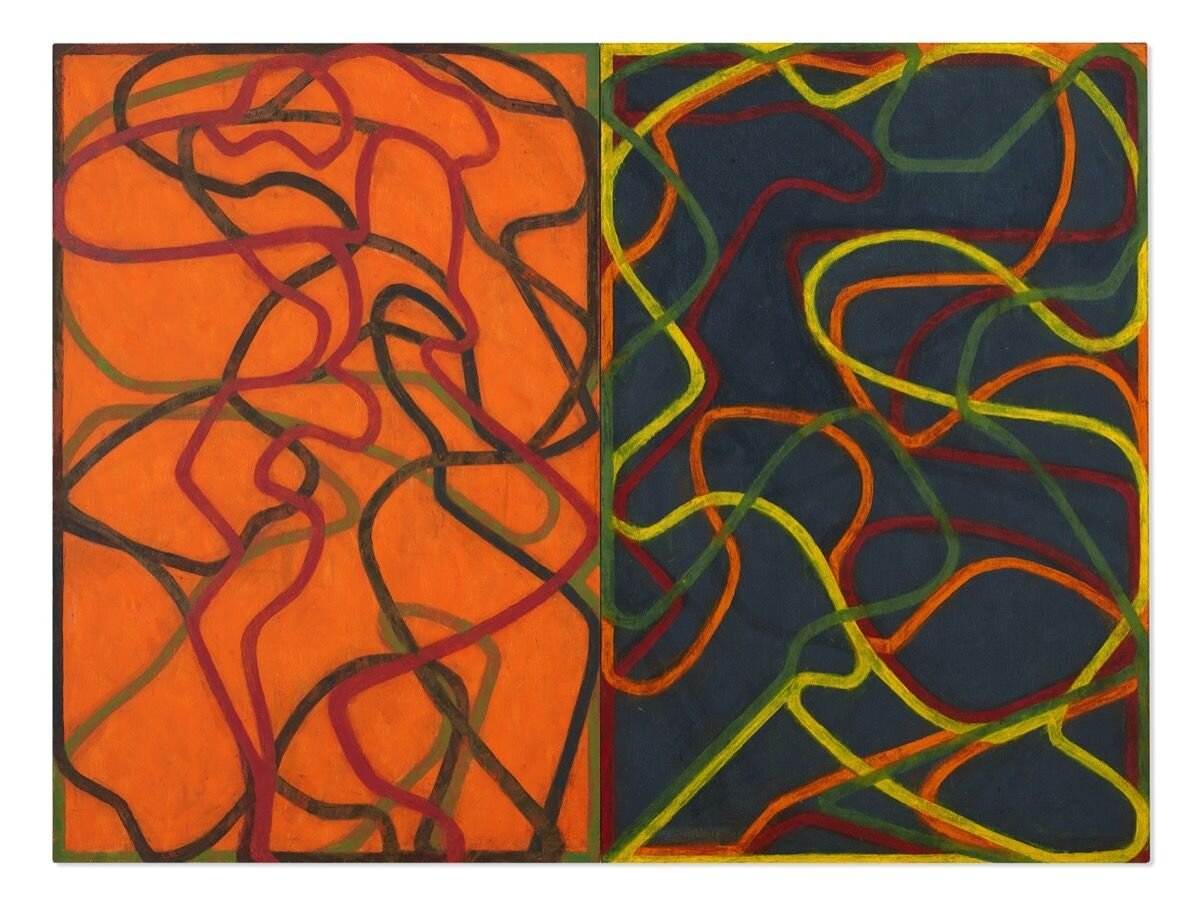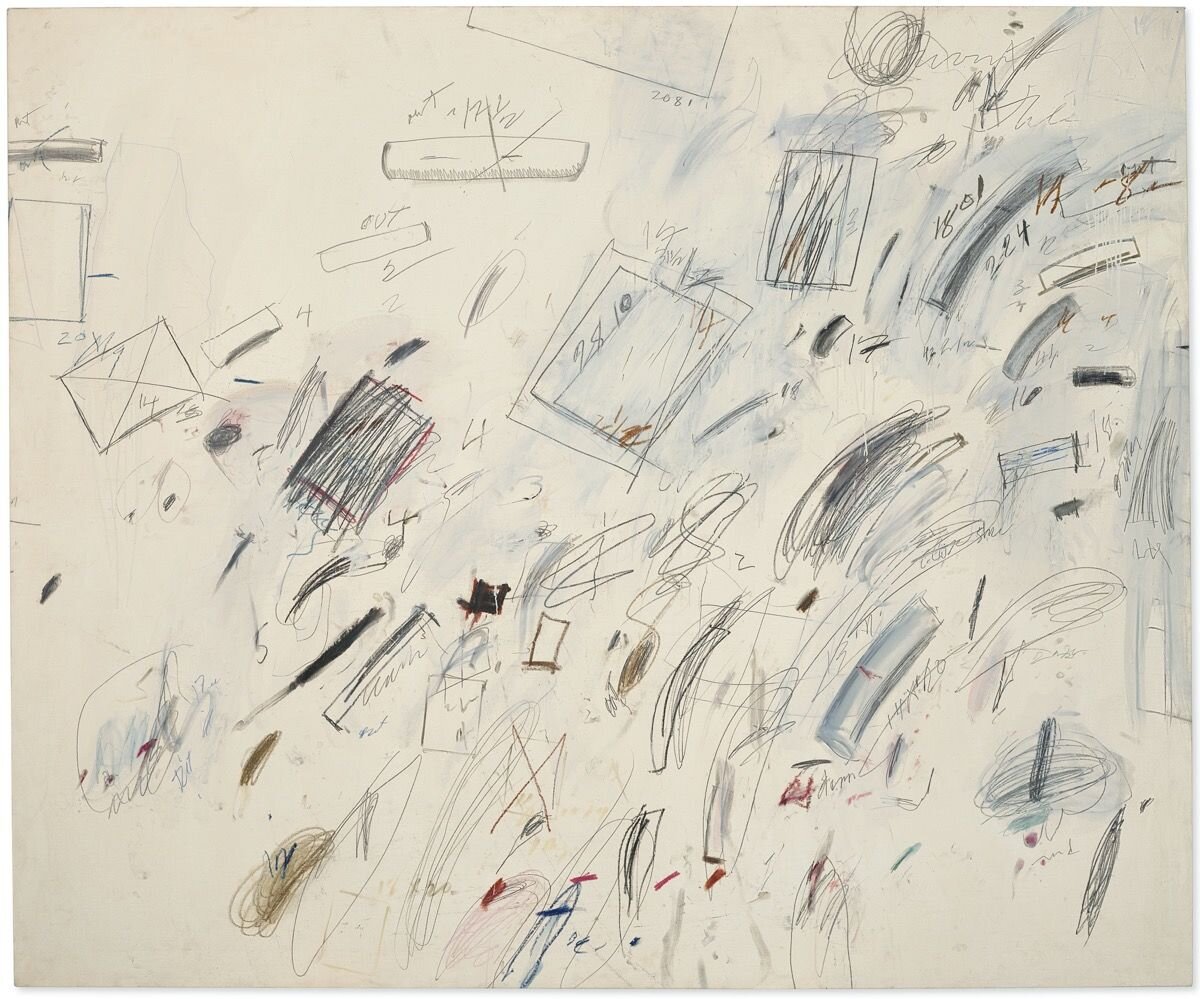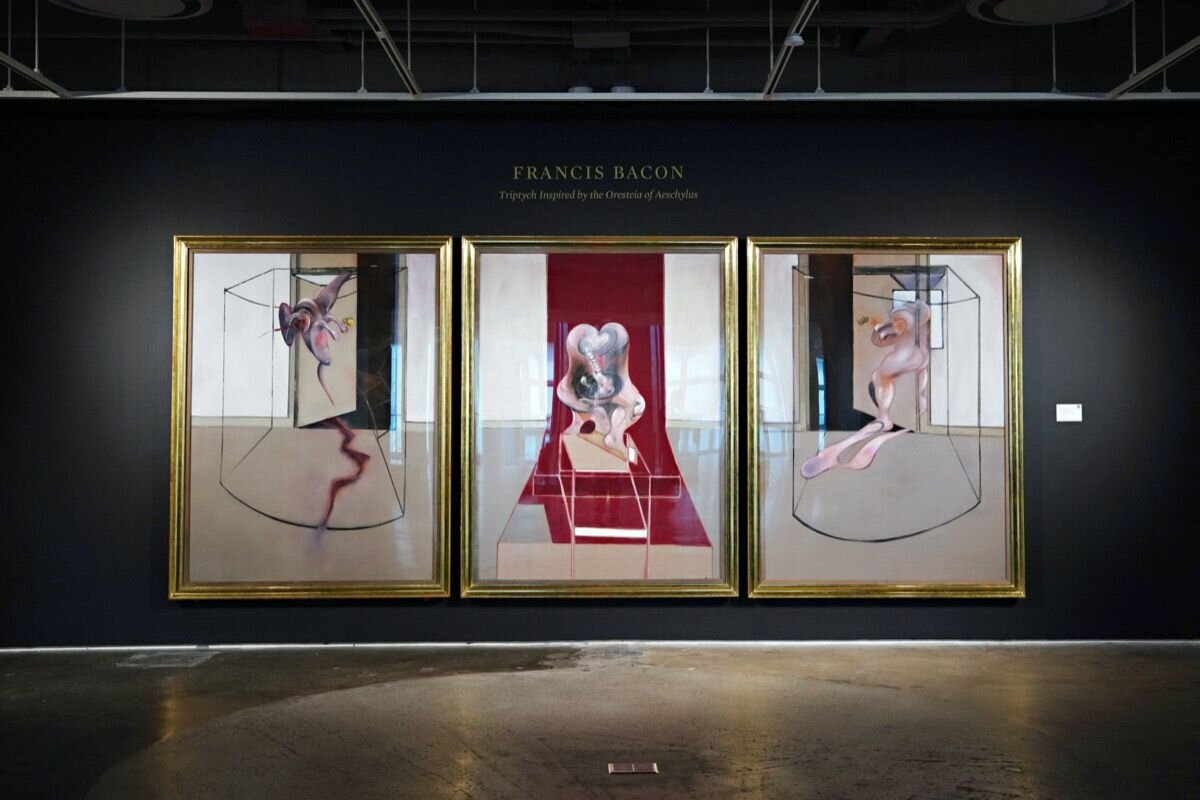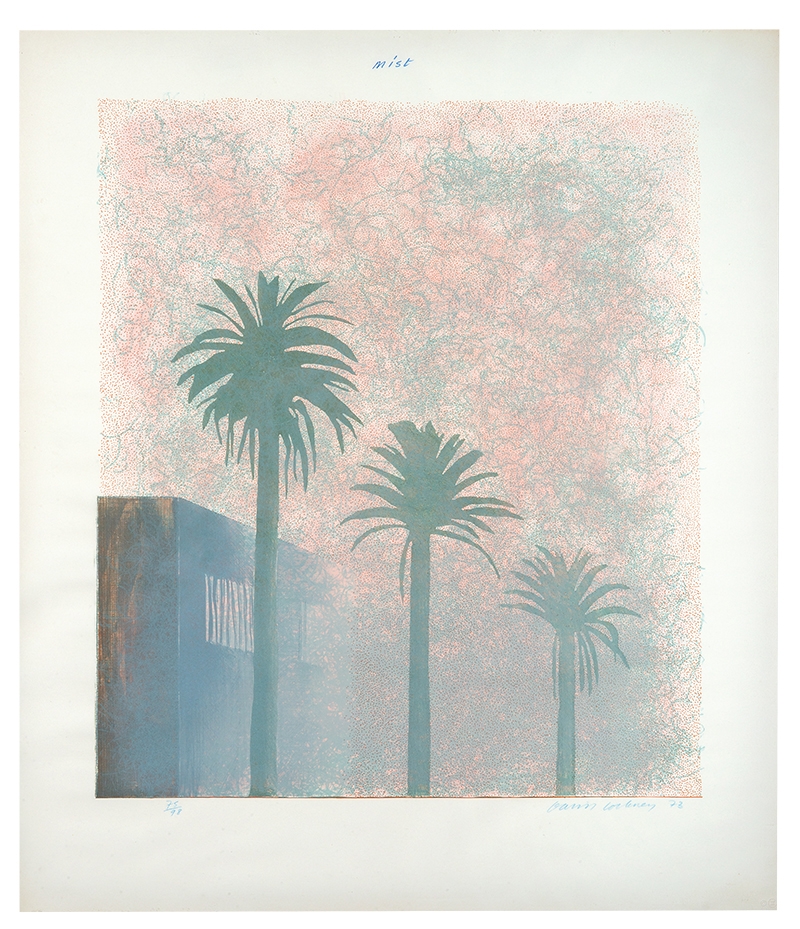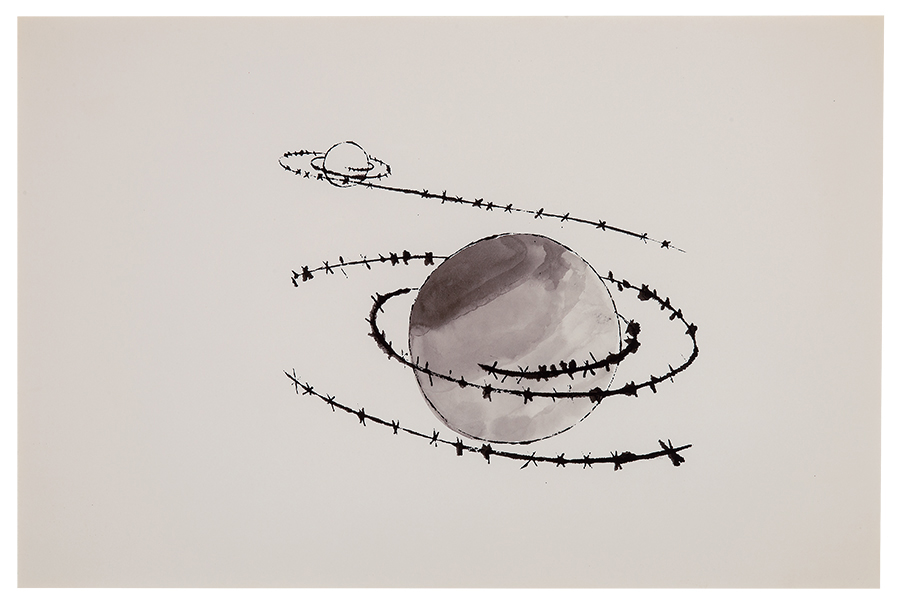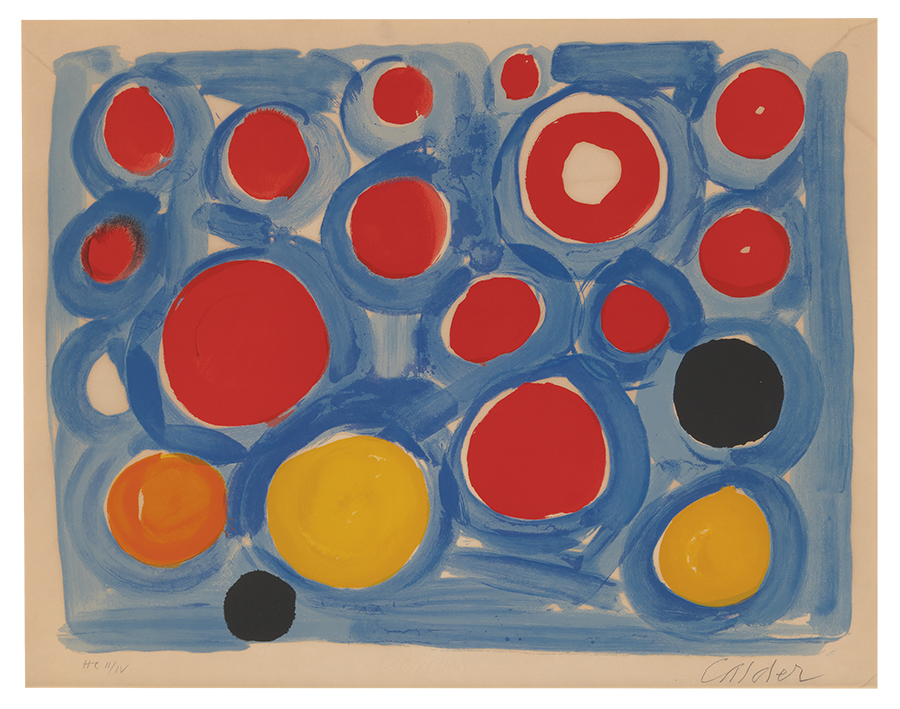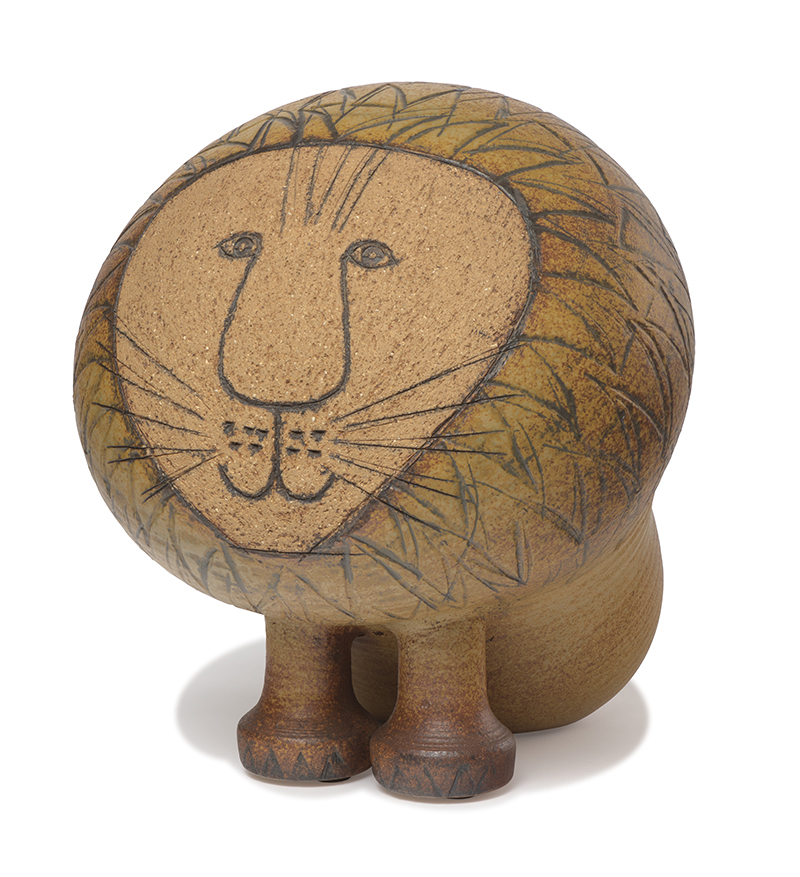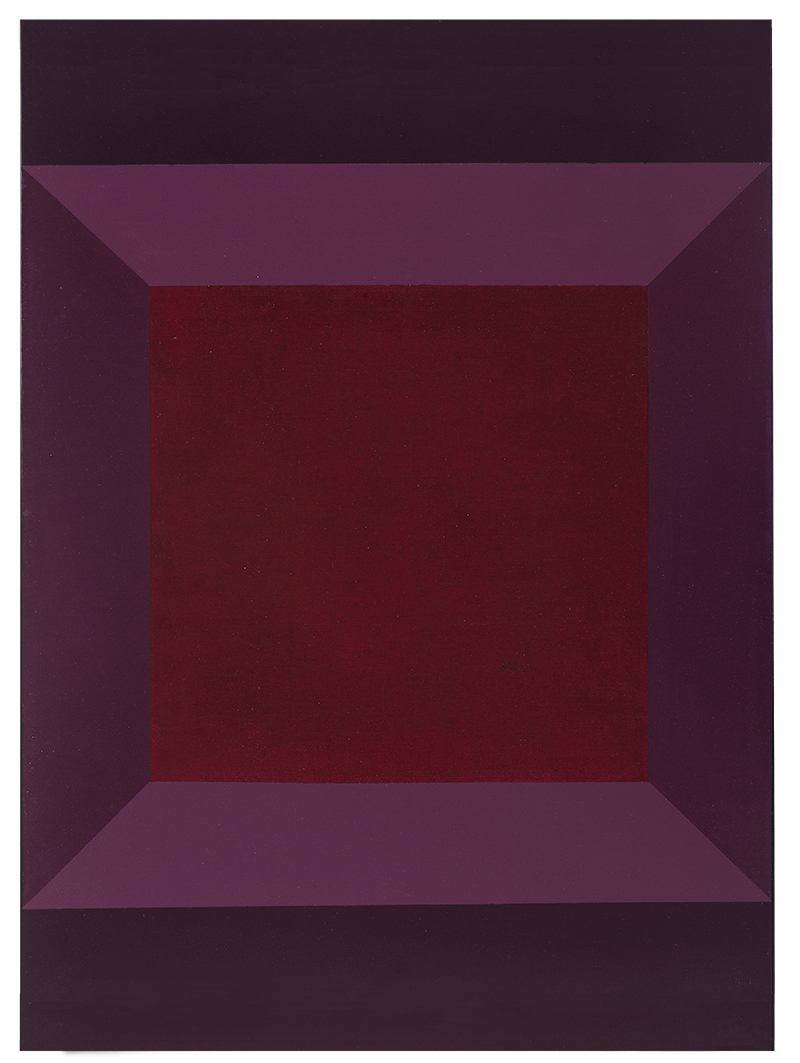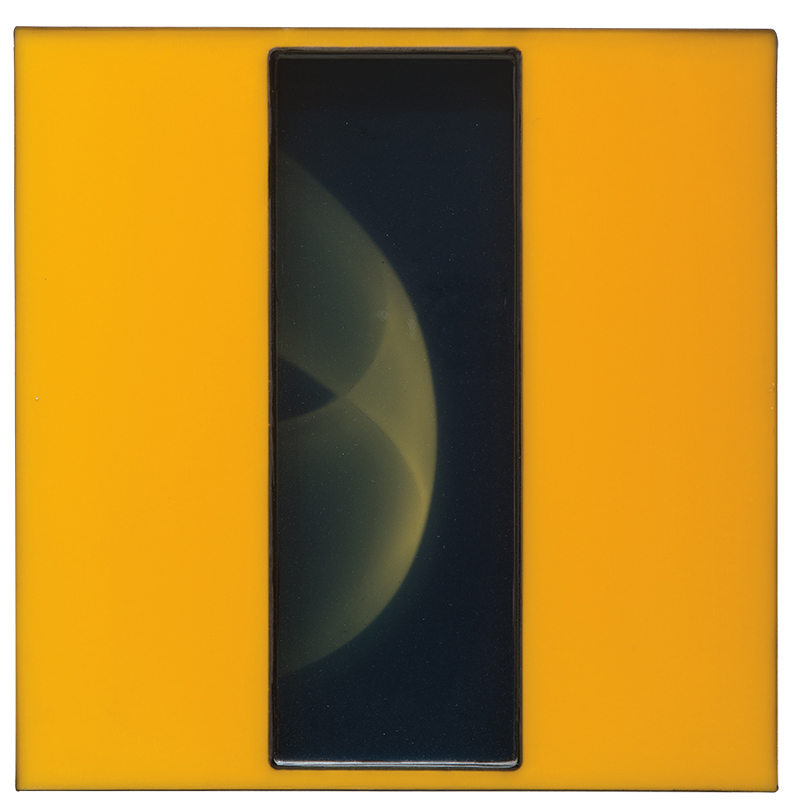Do I need a certificate of authenticity to sell my art?
Where can I get a certificate of authenticity?
My art must be valuable because it came with a certificate of authenticity . . . right?
Everybody loves a certificate. From school science fair awards to college diplomas, those fancy pieces of paper feel meaningful, and often come at quite a cost. But when it comes to certificates of authenticity for artworks, they’re only as important as the person signing them.
As an appraiser, I am careful to note in my reports that I am not an authenticator. Of course, when I’m researching an artwork, I always look for any clues that might indicate the piece is a reproduction or forgery. But if I were to issue a certificate of authenticity, it wouldn’t be worth much, and few of them are.
Here’s a caveat: certain artworks, especially installation or conceptual pieces, do routinely come with important certificates of authenticity from the artist. In part because these pieces are perhaps more easily imitated, the certificates are essential – they’re the proof that you don’t just have a banana duct-taped to your wall, you have a Maurizio Cattelan!
Additionally, if a certificate of authenticity is signed by the artist, their studio, their estate, etc., it can add legitimacy and value to an artwork. These certificates carry weight because the people signing them are significant. They often don’t have any direct financial stake in the situation, either. They are acknowledging that an artwork belongs in the artist’s canon; they aren’t trying to sell anyone on the idea.
A very small percentage of the certificates that come across my desk fall into this category. Most of the ones I see are issued by the galleries who sold the work, and they often contain helpful details like the title of the piece, the year it was created, etc. However, this type of certificate generally doesn’t add value to an artwork and isn’t necessary when reselling it.
Why is this? At its most basic, it’s simply a lack of standing that renders these certificates somewhat worthless – who is the issuer to say this art is real? The art may well be authentic, but the certificate doesn’t make it so.
In some cases though, there can be a sneakier side to these certificates. Looking at some of this documentation, I wonder, why is the seller having to work so hard to convince me that this artwork is legitimate? If there’s no question about the authenticity of this signature, why do they need to cite four different experts who claim it’s correct? I wouldn’t necessarily have assumed this piece would raise so many questions if the seller hadn’t brought it up.
My point is that authenticity often speaks for itself. It is usually best demonstrated through the details of an artwork – as writers say, it’s better to show than tell. For instance, the history (provenance) of an artwork is significant, especially if it can be traced back to the original purchaser. Catalogues raisonnés have been written about many famous artists; these books document every piece the artist is known to have produced. Past auction sales records for the artist also contain many helpful details. When researching an artwork, especially a print, we can support its authenticity by confirming that all aspects of the piece match these descriptions. This type of research generates documentable proof of authenticity and instills confidence with every detail that checks out.
In the end, I think it’s better to have an artwork that doesn’t raise any questions than one with a certificate that claims to have all the answers.








